Get your free iAwake Meditation Track Here
Get your free iAwake Download Here
Practical Guide to living your healthiest most beautiful life
By Shay Pausa
By Shay Pausa
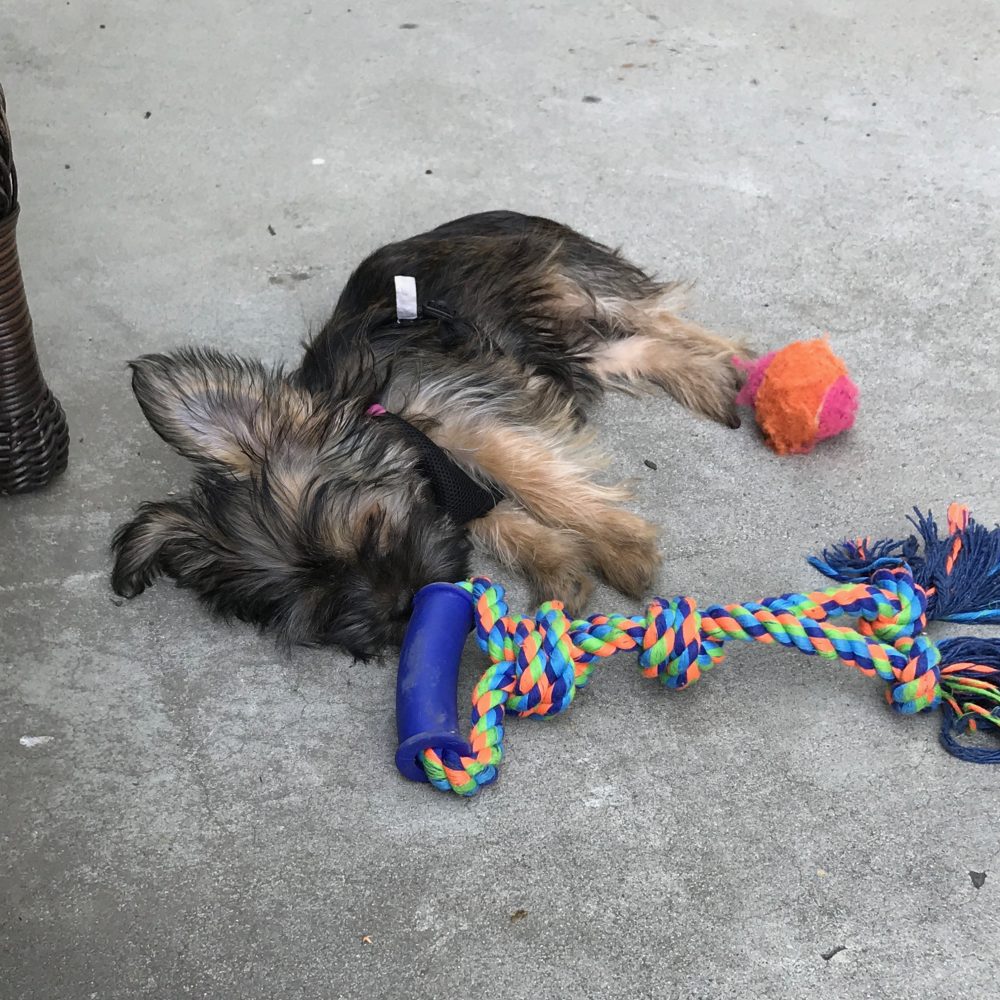
Here is what we know.
Cortisol a stress hormone designed to get us out of danger. It is produced by our adrenal glands, and it is supposed to help us flee danger. It raises our blood sugar, which our body needs to fight or run and increases blood pressure. That is good if you are being chased or there is a real emergency. But it’s not so great when it kicks in because we have consistent stress in our life, like kids, work deadlines and bills to pay. Chronic high cortisol levels raise our blood sugar so that we become at-risk for Type 2 Diabetes, makes us crave sugar, and creates that belly pouch, which makes our bodies look older than we are or want to be!
So what does that have to do with pets? Glad you asked.
Owning a pet has been shown to reduce stress levels, improve healthy habits and decrease anxiety and depression. Petting your dog or cat increases oxytocin, the calming hormone while minimizing cortisol levels. That means feeling better and looking better because of less belly fat! How Practical and Beautiful is that? But wait, there’s more!
Owning a dog has been shown to improve our exercise habits and help pet owners lose weight (Kushner et al., 2012). Walking your dog, even if only for 30 minutes per day, can help you get to the Practical Beautiful Lifestyle recommendation of 10k steps per day. Owning a cat has been shown to reduce stress, lower blood pressure, and lessen the risk of cardiovascular diseases (Qureshi et al., 2009).
Beauty and health is an inside job. Looking and feeling beautiful, sexy, and vibrant starts on the inside. Nutrition, movement, and meditation are foundational to living a Practical Beautiful Life!
References
Qureshi, A. I., Memon, M. Z., Vazquez, G., & Suri, M. F. (2009, January). Cat ownership and the Risk of Fatal Cardiovascular Diseases. Results from the Second National Health and Nutrition Examination Study Mortality Follow-up Study. Retrieved from https://www.ncbi.nlm.nih.gov/pmc/articles/PMC3317329/
Kushner, R. F., Blatner, D. J., Jewell, D. E., & Rudloff, K. (2012, September 06). The PPET Study: People and Pets Exercising Together. Retrieved from http://onlinelibrary.wiley.com/doi/10.1038/oby.2006.203/full
By Shay Pausa
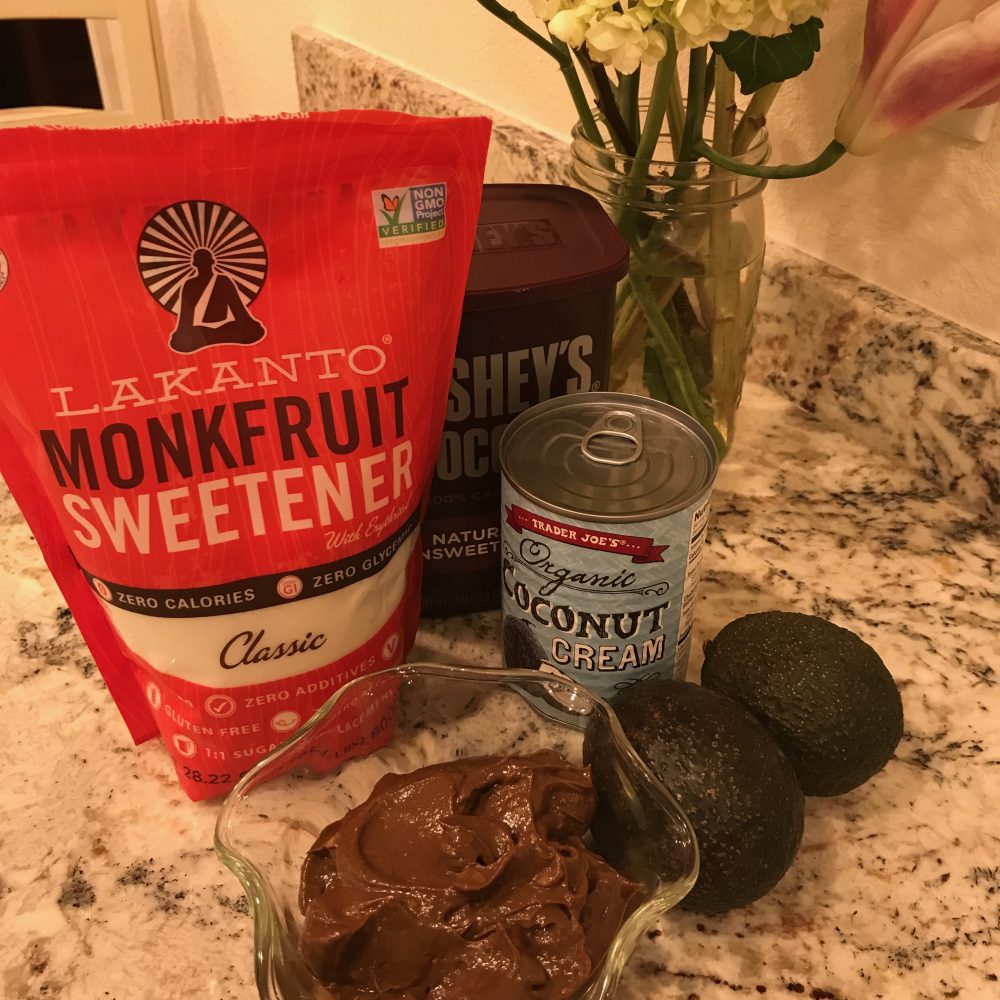
A spoonful of this yumminess is perfect for those moments you find yourself craving something sweet. This creamy dessert has a healthy dose of collagen and healthy fat. I like to make a batch on Sunday night to have for the week.
By request, a practical and yummy dessert for the Practical Beautiful Lifestyle. It took only 5 minutes to make but about 10 minutes to clean the food processor. Delicious avocado 🥑 chocolate pudding. The recipe is super simple.
Ingredients:
Approx 1 1/2 C of Avocado
2 Scoops of Collagen Peptides or Protein (I used Sports Research)
3-5 Tbs Raw Cacao Powder
1/3 – 1/2 C Organic Coconut Cream,
Approx 2 T Lakanto Monkfruit.
Mix in food processor. Add coconut cream and/or water for desired consistency. Refrigerate and Enjoy.
#practicalbeautifullife #avocadopudding#healthydessert #beautyinsideout#paleodessert #bulletproof#plantparadox #choosehealth#chooseyummy #choosejoy#choosebeauty #alwaysachoice#shaypausativity #vanityinducedhealth
By Shay Pausa
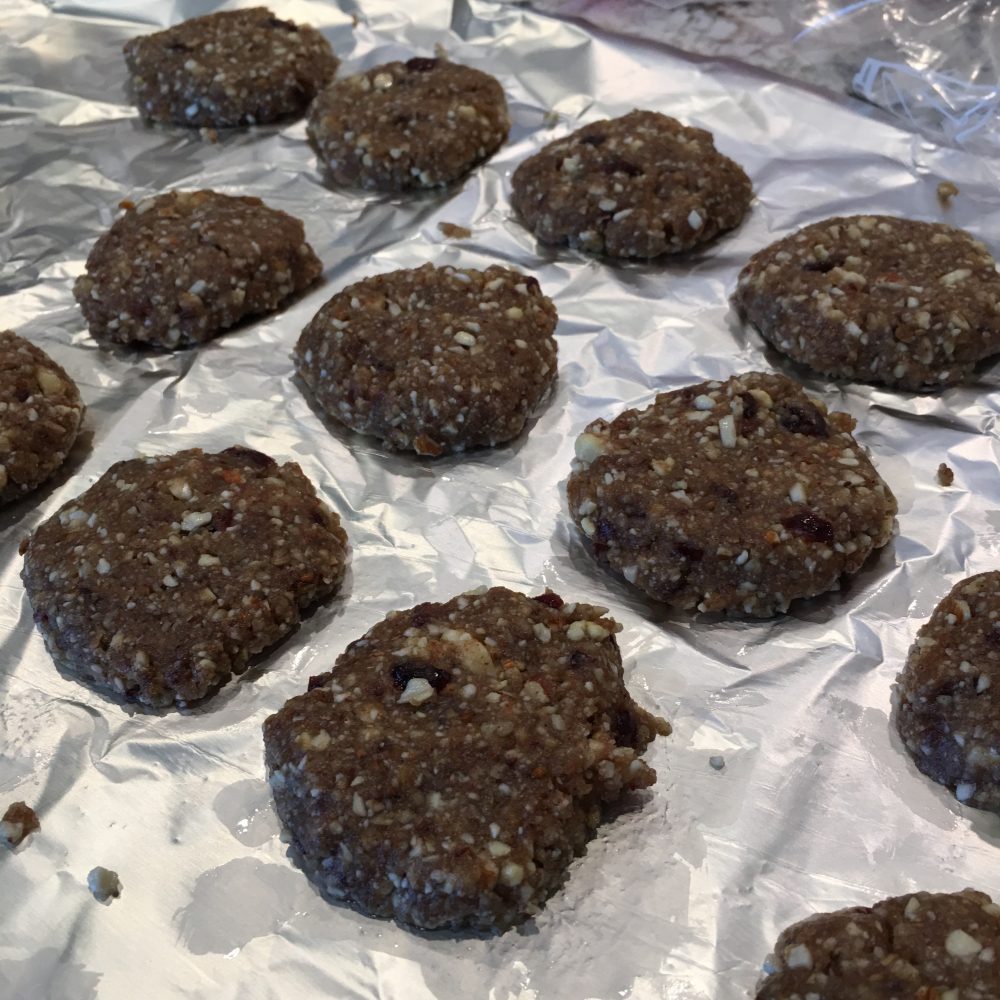
This is a perfect snack or even meal replacement. Watch the video demonstration. Note: Cashews are actually a legume that contains lectins so they have been replaced by raw macadamia nuts in the updated recipe.
Ingredients:
2 Scoops of Collagen Protein Powder (unflavored). I like Vital Proteins.
1 -2 TBS Maca Powder
Blanched almonds, preferably organic if you can find it (removing skin, reduces lectins).
Raw macadamia nuts
Raw pecan nuts
Raw walnuts (pieces are fine)
Lakanto Monk Fruit
Optional:
Raw cacao powder
Organic Mulberry Berries
Dried Dates
Dried organic cranberries
By Shay Pausa
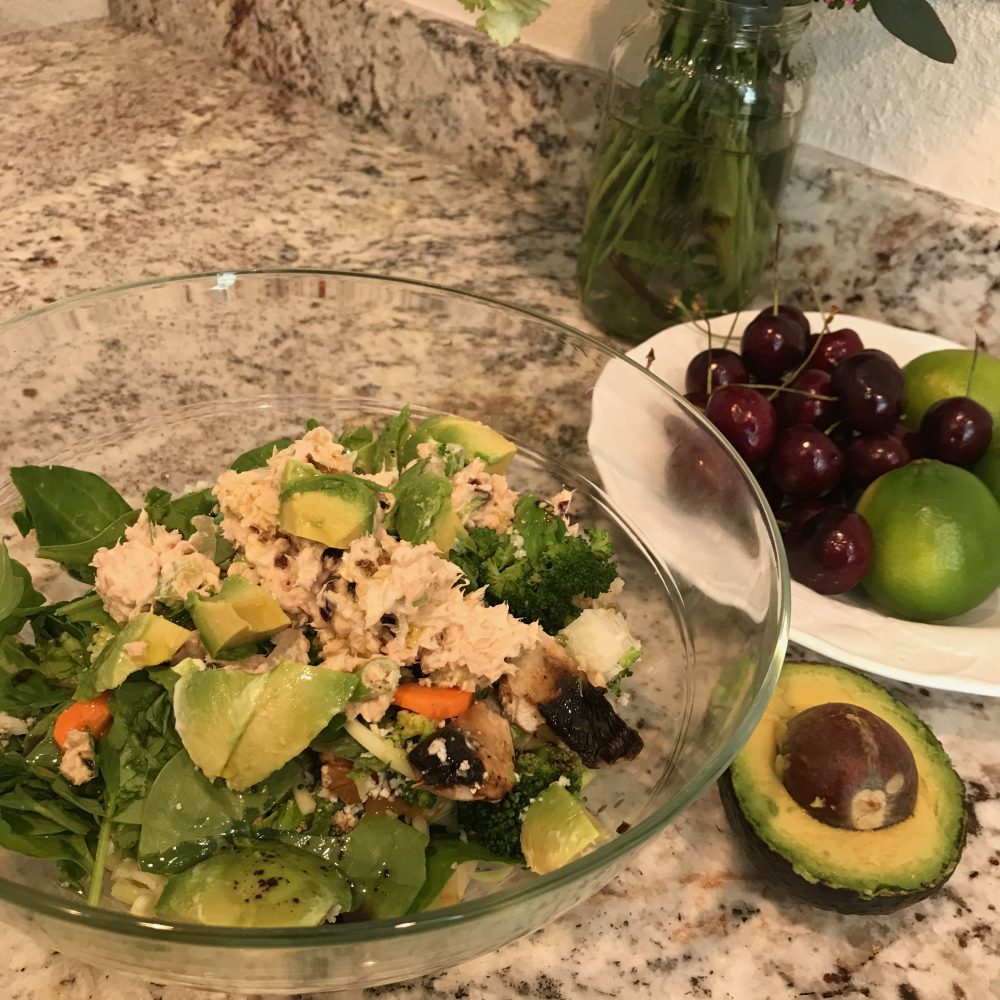
Old Fashioned not Tuna Salad
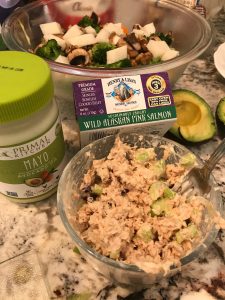 I sometimes have cravings for foods from childhood. A household staple for me was tuna salad. Unfortunately, the tuna salad with sweet relish, onions, and mayo that I had as a child is no longer a clean, healthy option. This recipe uses Henry and Lisa’s sustainably caught wild Alaskan pink salmon from a BPA free can, Primal Kitchen’s avocado mayonnaise, green onions, chopped raw walnuts, organic dried cranberries, sauerkraut and Lakanto monk fruit to recreate my childhood memory with adult elegance and health benefits. Served with a salad of spinach, romaine, and swiss chard, chopped carrots, riced cauliflower, steamed broccoli, chopped mushroom, this dish is sure to help you get to your pound of veggies today!
I sometimes have cravings for foods from childhood. A household staple for me was tuna salad. Unfortunately, the tuna salad with sweet relish, onions, and mayo that I had as a child is no longer a clean, healthy option. This recipe uses Henry and Lisa’s sustainably caught wild Alaskan pink salmon from a BPA free can, Primal Kitchen’s avocado mayonnaise, green onions, chopped raw walnuts, organic dried cranberries, sauerkraut and Lakanto monk fruit to recreate my childhood memory with adult elegance and health benefits. Served with a salad of spinach, romaine, and swiss chard, chopped carrots, riced cauliflower, steamed broccoli, chopped mushroom, this dish is sure to help you get to your pound of veggies today!
Ingredients
1 6 oz can of wild caught, Alaskan pink salmon (BPA free lined can)
1-2 T of Primal Kitchen Mayo
1 T of chopped sauerkraut
½ Tsp Lakanto monk fruit
1 stalk of chopped celery
½ Tsp chopped organic dried cranberries
½ – 1 T chopped green onion
DIRECTIONS:
Sweetened Sauerkraut In a small bowl, chop sauerkraut. Mix in ½ Tsp of Lakanto Monkfruit. The sweetened sauerkraut replaces the sweet relish and gives this recipe the gut boosting probiotic benefits of a fermented food that improves our immune system, cognitive function, and skin health. It is also a great source of antioxidants and dietary fiber.
Not Tuna Salad Mix the sweetened sauerkraut and remaining ingredients with a fork in a small glass bowl.
Greens In a separate bowl make a salad using vegetable from the Practical Beautiful Life Detox or Maintenance Food List.
Drizzle olive or avocado oil over the salad. Drizzle organic balsamic, red, or apple cider vinegar over the salad to taste.
Sprinkle with sea salt and freshly ground pepper to taste.
Add a serving (1-3 oz) of Old fashioned Not Tuna Salad.
Optional: add chopped avocado.
ENJOY!
By Shay Pausa

Collagen
Is there a difference between the effectiveness of using Collagen Peptides & Collagen Protein? Right now I’m using Dr Axe collagen. Should I switch?
Collagen is a protein in our skin, ligaments, cartilage, tendons, muscles, bone tissue, blood vessels, intervertebral discs, gastrointestinal tract, and eyes. As we age, the amount of collagen in our body decreases. There are three types of collagen known as Type 1, 2 & 3, 90% of our body’s collagen, including skin, bones, blood vessels, tendons are made up of Types 1 & 3. Type 2 collagen is only found in cartilage.
Collagen peptides and hydrolyzed collagen are produced by breaking collagen into small chains of amino acids. Peptides are easy to digest and absorb By consuming this hydrolyzed collagen the body can maximize the benefits that collagen has to offer. Collagen should also be taken on an empty stomach and is better utilized when taken with Vitamin C.
Dr. Axe collagen protein is a fine source of collagen, and there is no need for you to make a change. My personal brand favorite sources of collagen are Vital Proteins, Sports Research Collagen Peptides and Bulletproof Upgraded Collagen.
What is important is to take in collagen on a daily basis to make up for loss of collagen production that occurs and impacted by damaging free radicals as we age (Varani et al., 2006)
I’m a vegetarian. I want the benefits of collagen production but I don’t want to take products made from beef. Do you have another option for me within the Practical Beautiful Life Detox or Lifestyle? What is an alternative collagen product for a vegetarian?
As a vegetarian, there ways to increase collagen production through diet and supplementation. There are collagen boosting nutrients in foods. To support collagen production and absorption the body needs adequate levels of Vitamin A & C, Copper, Proline, and anthocyanidins. Silica supplementation may also increase collagen production (Jugdaohsingh, 2007). Silica can promote balance between calcium and magnesium which in turn can support hormonal balance. A silica powder made from bamboo root extract is another option that can be used in the Practical Beautiful Life Fountain of Youth Elixir.
References
Jugdaohsingh, R. (2007). Silicone and bone health. The Journal of Nutrition, Health & Aging, 11(2), 99-110. Retrieved from https://search-proquest-com.ezp.waldenulibrary.org/docview/222290193?accountid=14872
Varani, J., Dame, M. K., Rittie, L., Fligiel, S. E. G., Kang, S., Fisher, G. J., & Voorhees, J. J. (2006). Decreased Collagen Production in Chronologically Aged Skin : Roles of Age-Dependent Alteration in Fibroblast Function and Defective Mechanical Stimulation. The American Journal of Pathology, 168(6), 1861–1868. http://doi.org/10.2353/ajpath.2006.051302